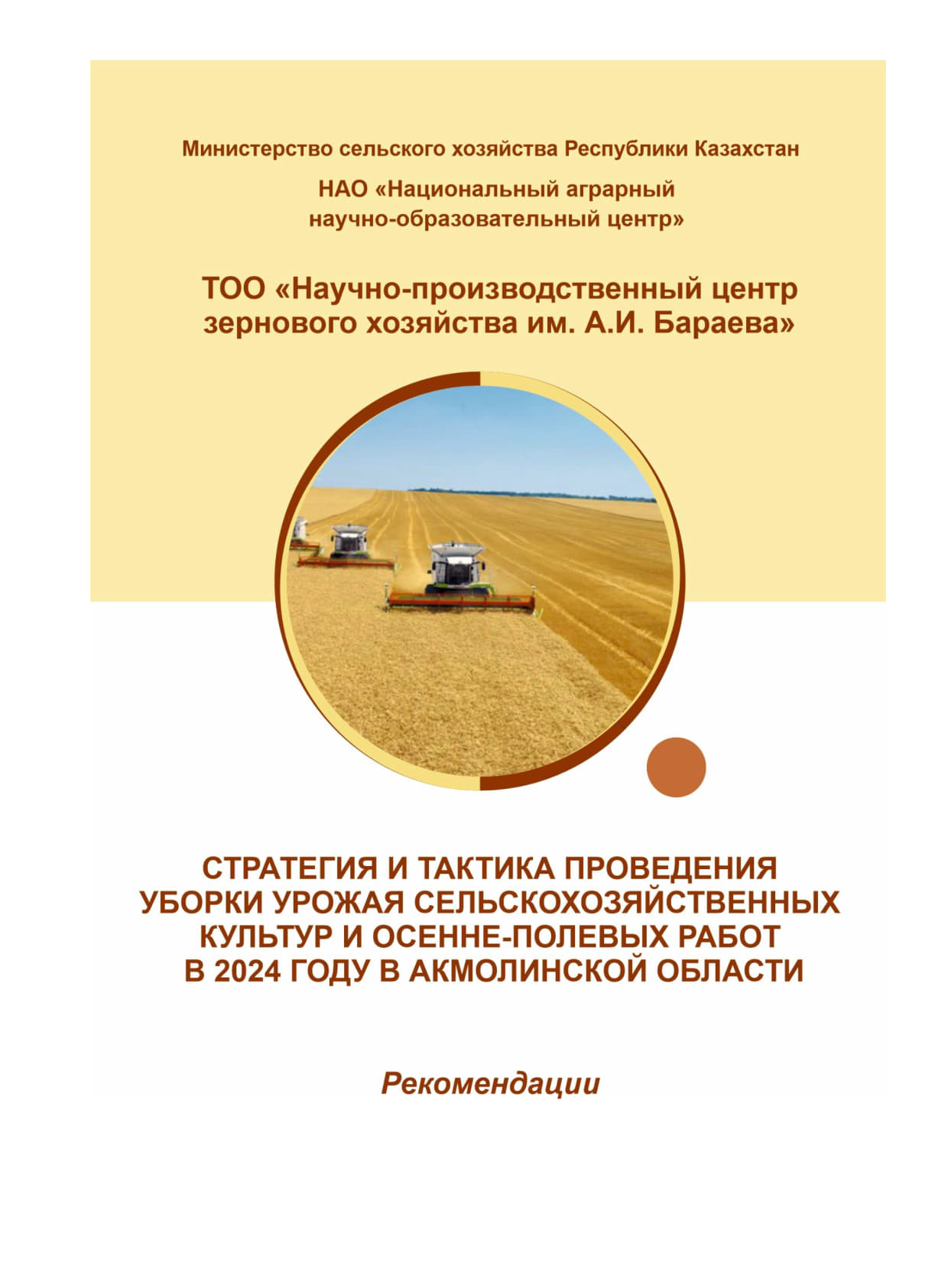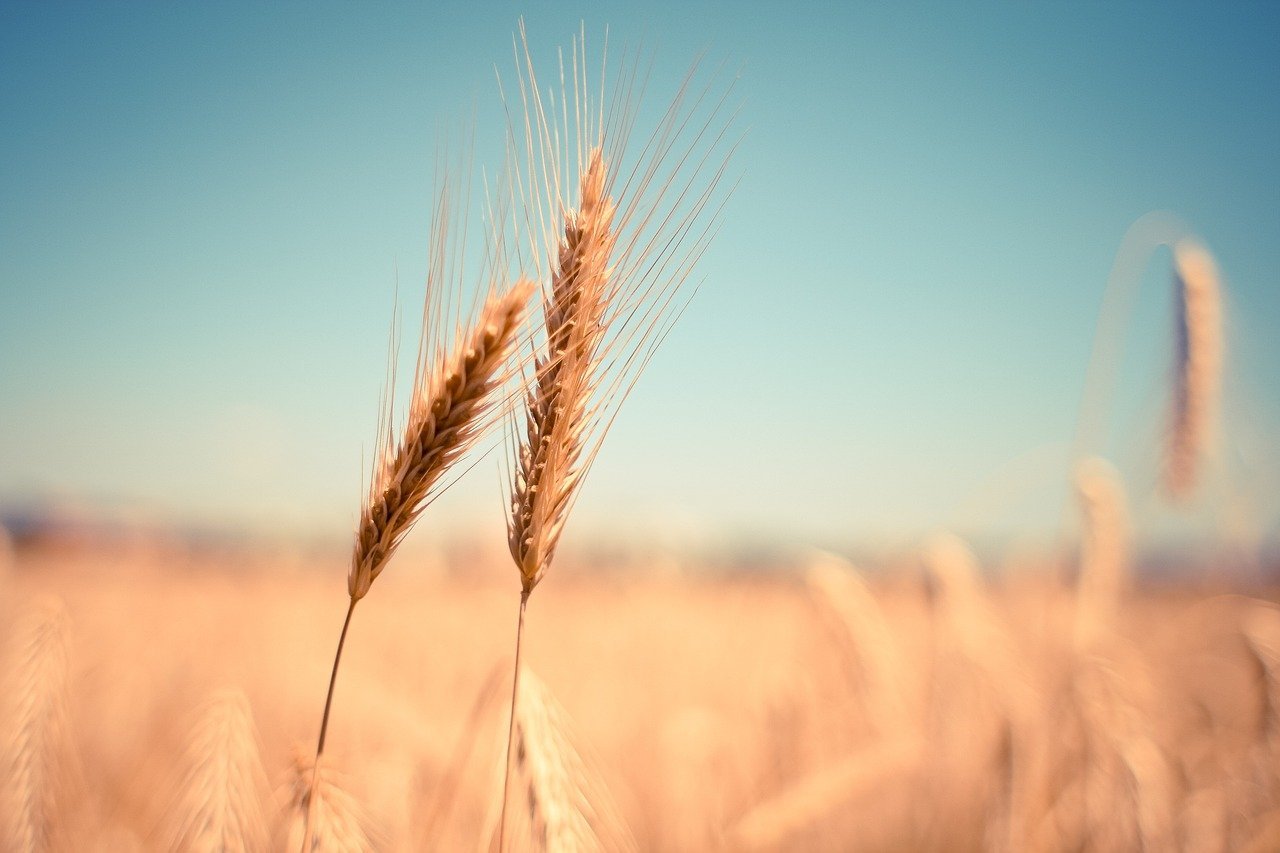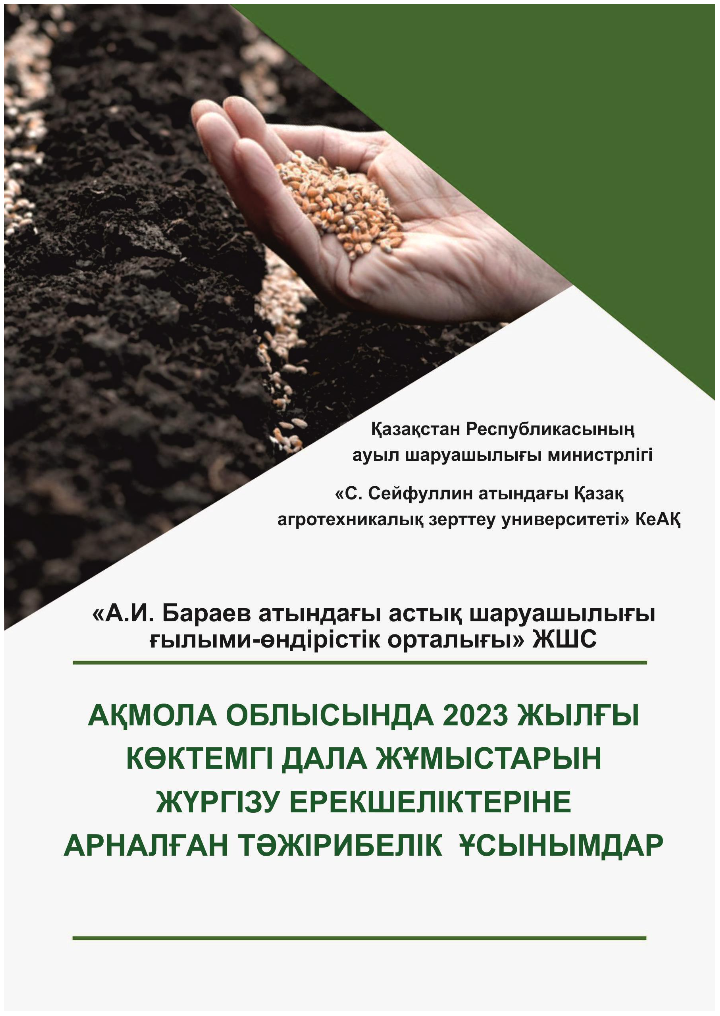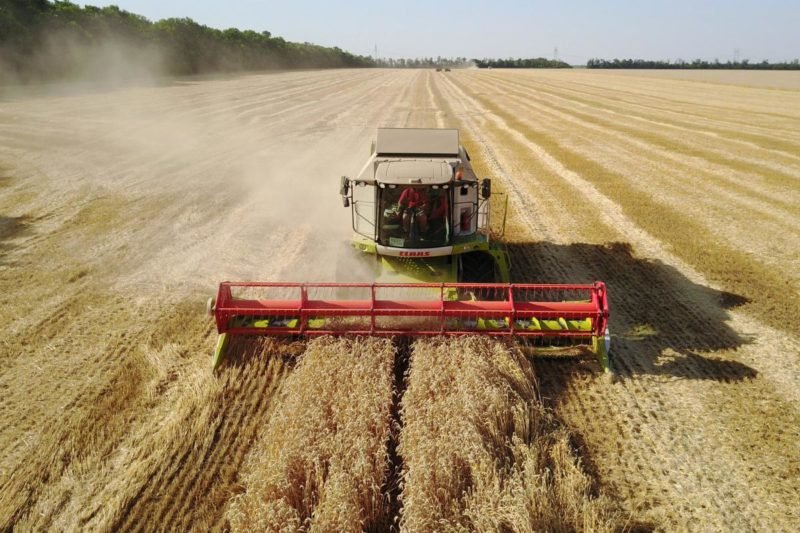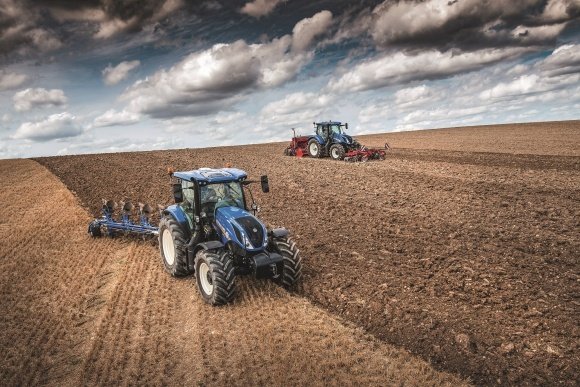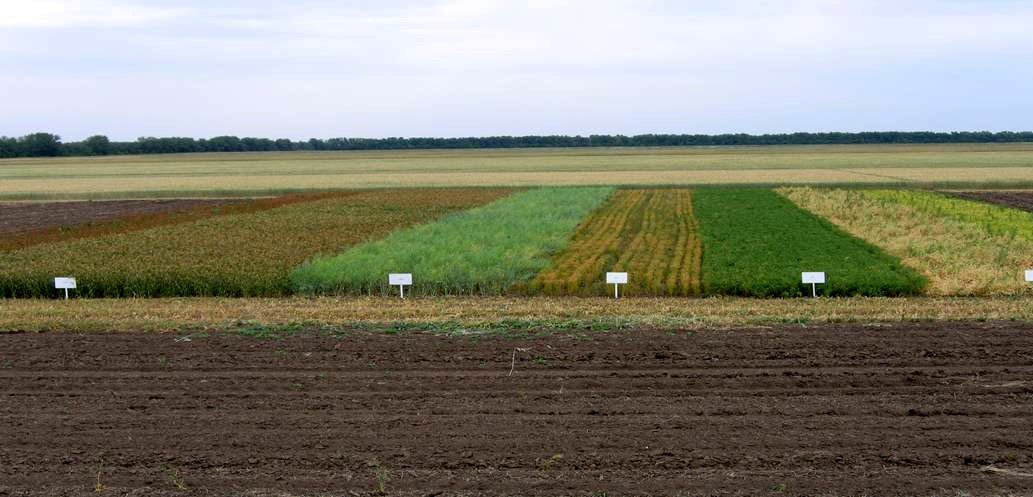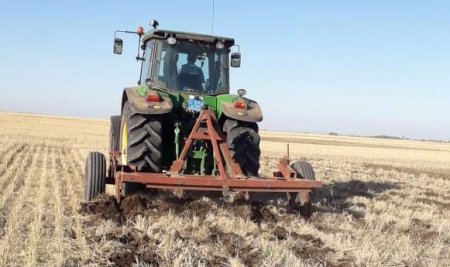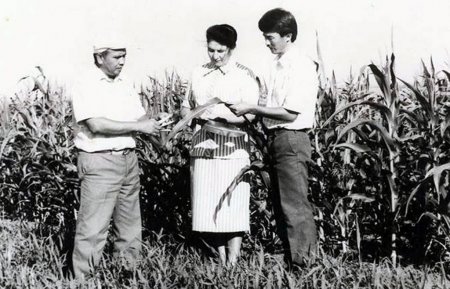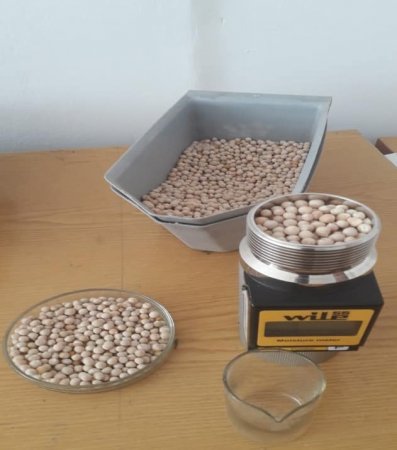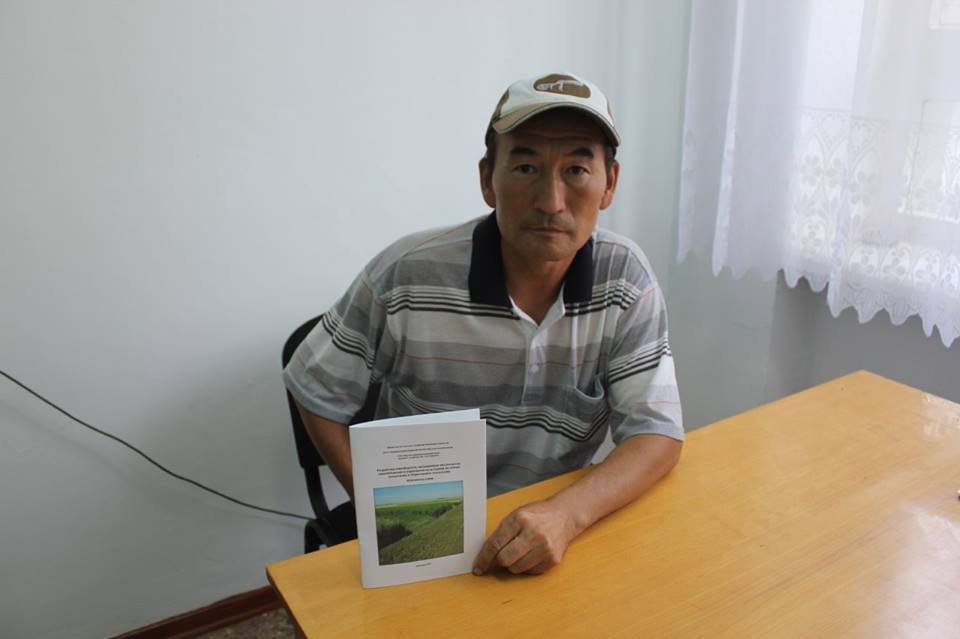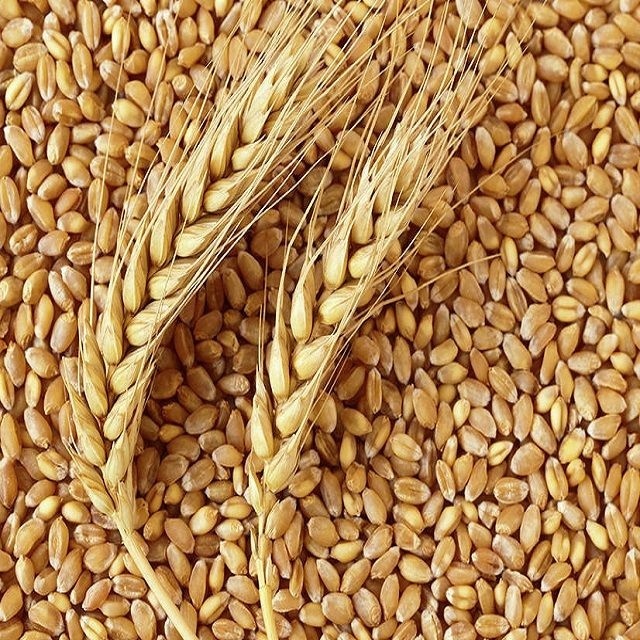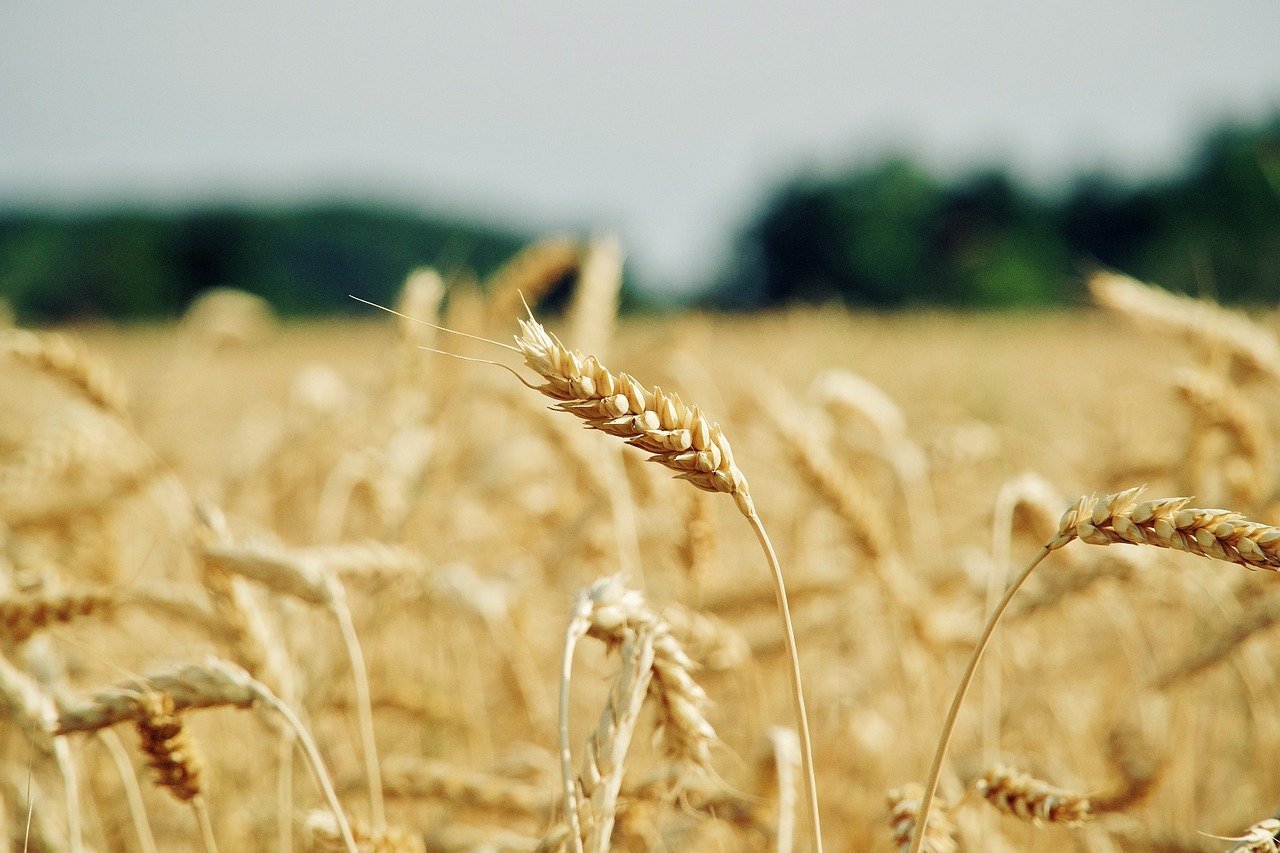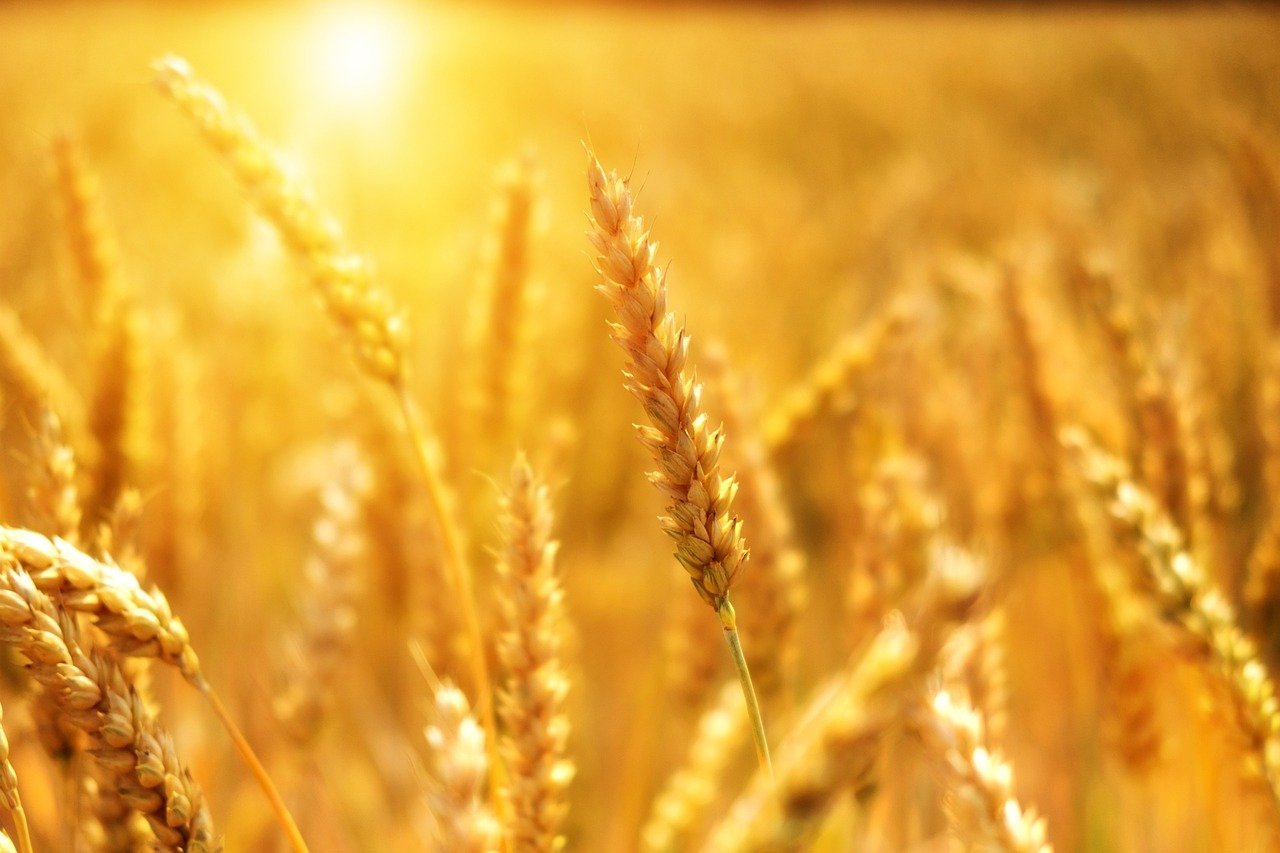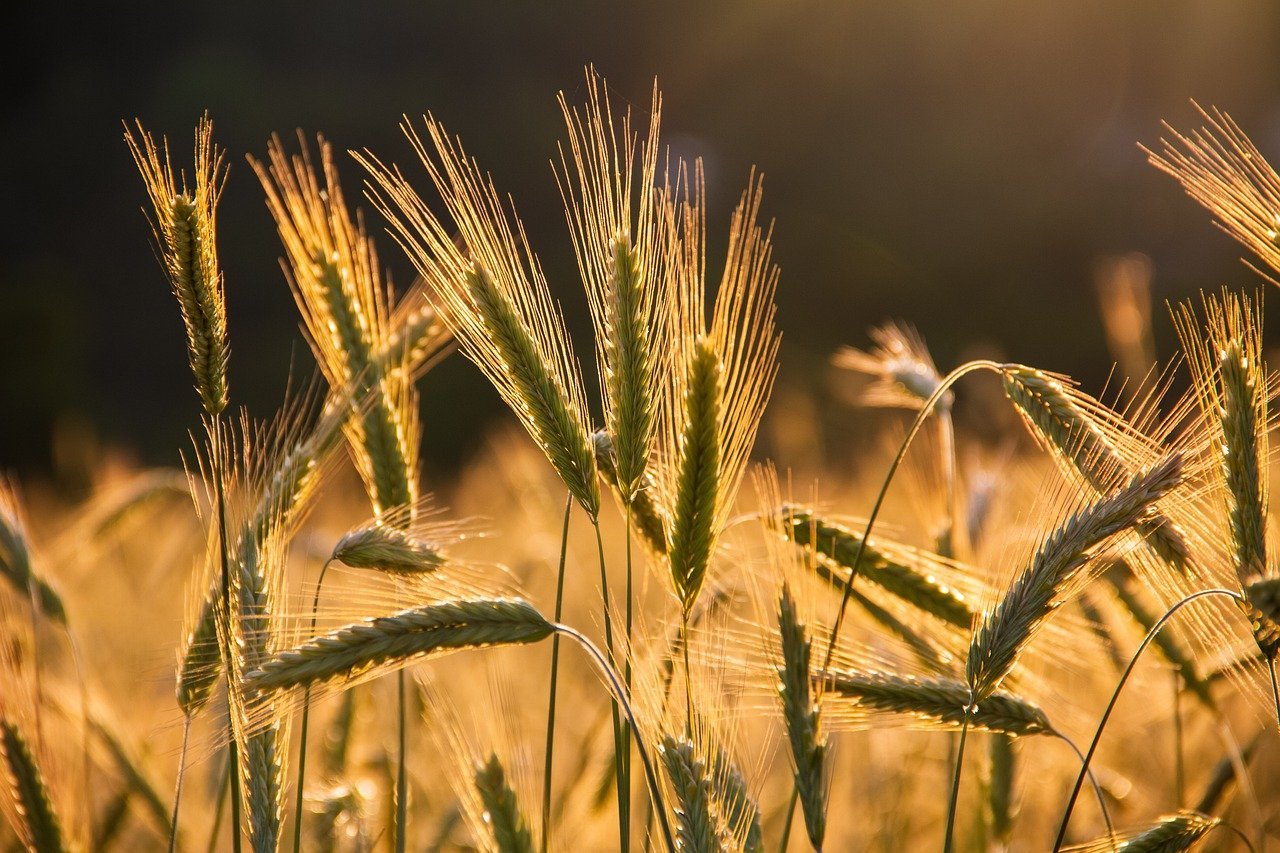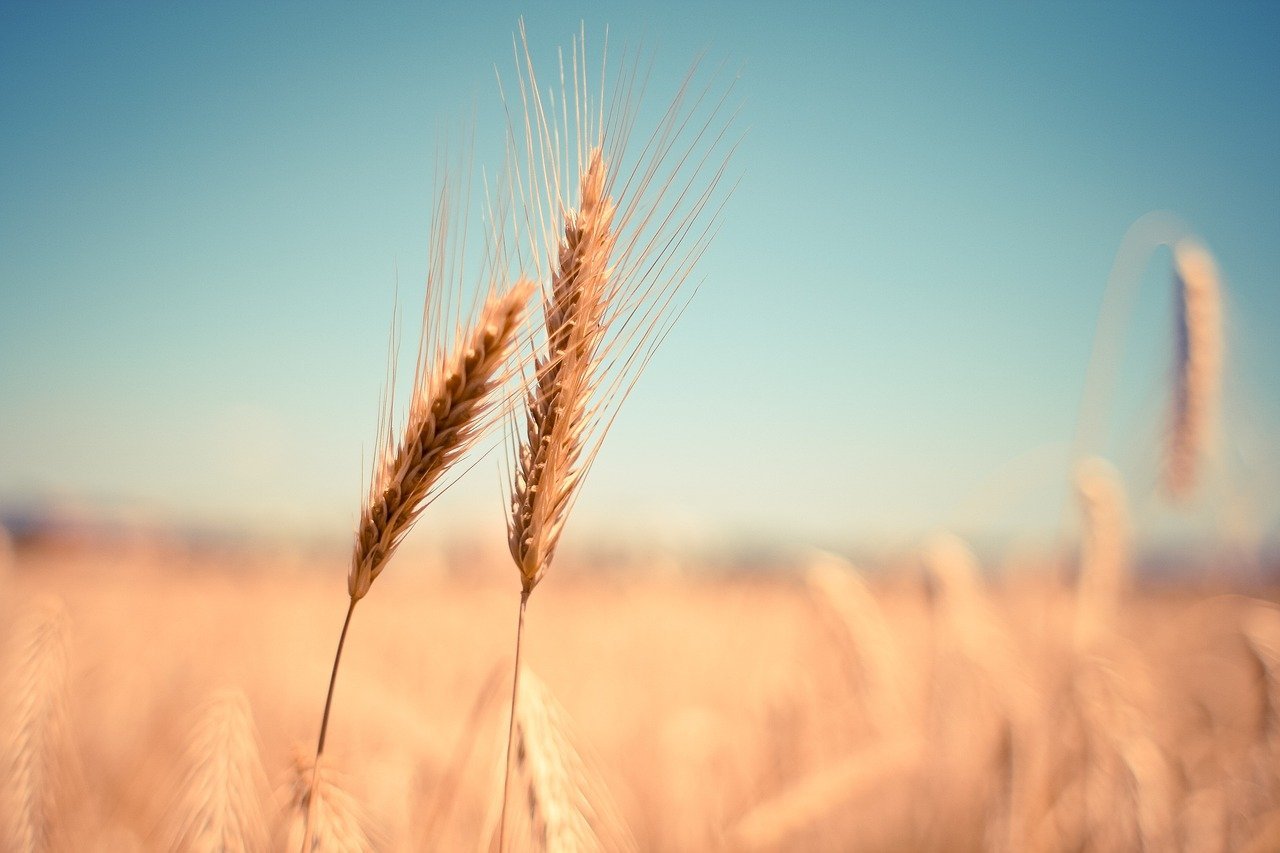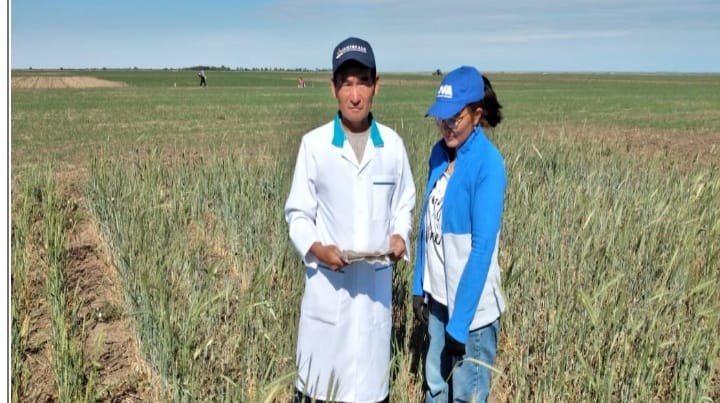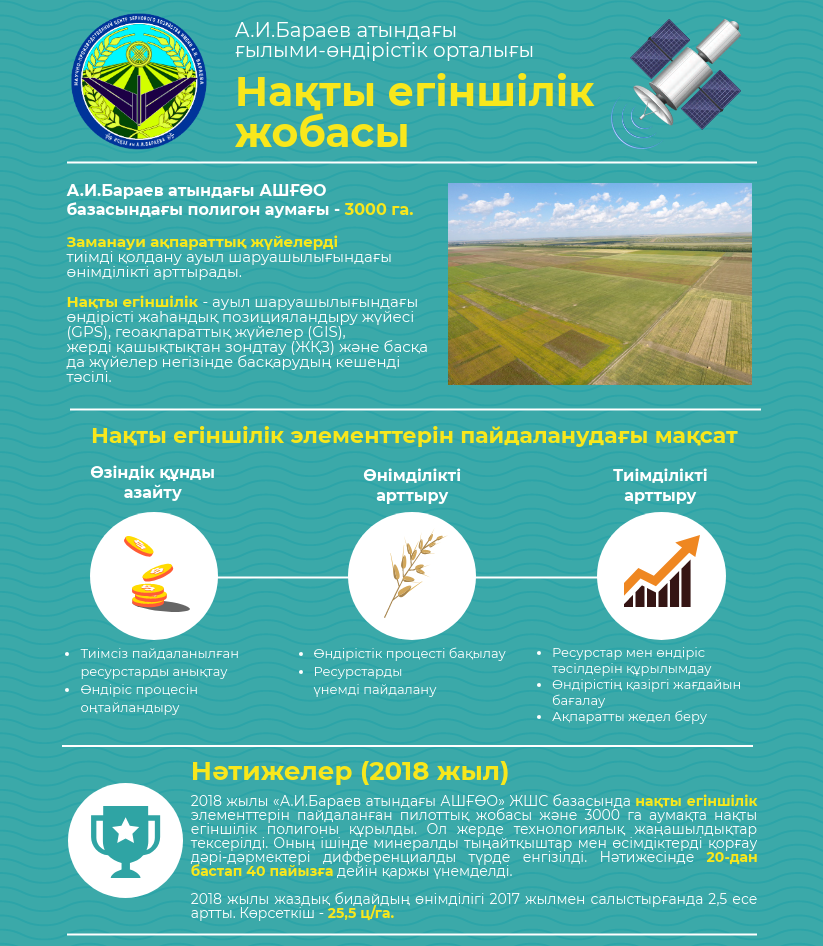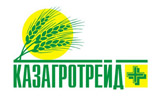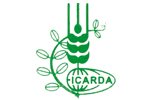The structure of sowing area and principles of diversification
News

One of the main tasks of farming systems is the rational use of arable land in crop rotation. It depends on the culture of agriculture, the specialization of farms, the market for manufactured products.
When forming the structure of sown areas, it is allowed to place crops of one biological group in field crop rotations. For example, if according to the rotation scheme there should be peas in the rotation, then if necessary it can be replaced with chickpeas. This applies to wheat, barley, etc.
A special requirement in determining the rotation of crops in a crop rotation is the selection of the best predecessor for the main group of crops, the determination of the optimal period for their repeated sowing. The rotation of crops in crop rotation must be strictly observed in time and space, also applies to the required technological operations during the growing season.
For the conditions of the Akmola region in the structure of sown areas, crops are of paramount importance. The most cost-effective is the presence in the sowing structure of up to 50-60% of crops.
Including spring grain crops, barley and oats, it is advisable to place 10-15% of arable land. Oilseeds: oilseed of flax, rapeseed, white mustard and sunflower do not increase the total grain yield per hectare of arable land, but are highly profitable crops. When placing these crops in the crop rotation structure, control over the development of diseases, pests and specific weeds is necessary.
Crops of spring colza and mustard should be expanded and placed on the farms of the Sandyktau, Zerendinsky and Burabaiskyi, Bulandynskiy districts and in individual farms of the Akkolsky district. Flax and sunflower crops for oilseeds can be placed in all districts of the region, with the exception of Zharkain, Yereymentau and Korgalzhyn districts. Expansion of crop legumes in Sandyktau, Zerenda, Bulandy, Burabay, Akkol and Shortandy districts should be maintained at the expense of crops of peas and lentils, in Astrakhan, Arshalinskiy, Birzhansalskiy, Esilskyi, Tselinogradskiy, Zhaksynskiy and Atbasar - peas, lentils and chickpeas, Egindykolskiy, Korgalzhynskiy and Zharkainskyi - chickpea. In the structure of crops, the buckwheat culture should be expanded on the farms of the Sandyktauskiy, Zerendinskyi and Burabay districts, on medium loamy moist soils of the Bulandinskyi farms retirement homes, Akkolskyi, Shortandynskyi, Atbasarskyi, Zhaksynskyi, Egindykolskyi, Astrakhanskyi and Birjan-Salskyi areas.
Depending on the specialization of farms with a livestock sector, in order to increase soil fertility, it is recommended to increase the area of sown perennial grasses in the structure of sown areas: wheatgrass, rump, wheatgrass, alfalfa, sweet clover, sainfoin, as well as sunflower crops for fodder, Sudan grass, millet fodder. Introduction to perennial rotation of perennial cereal-bean grasses gradually restores soil fertility. In order to satisfy the need for forage crops in the structure of sown areas, instead of a steam field, annual grasses and fodder mixtures of peas with oats can be cultivated, which at different sowing dates allow not only to obtain green mass harvest, but also to harvest hay or hay. Such crop rotation can improve the structure of the soil, and provide the necessary valuable nutritious feed.
The full text of the recommendations on the website: https://baraev.kz/recomendaciya/recomendaiya_proizvodstva/1339-rekomendacii-po-vpr-npczh-2020.html
982 -рет қаралды
